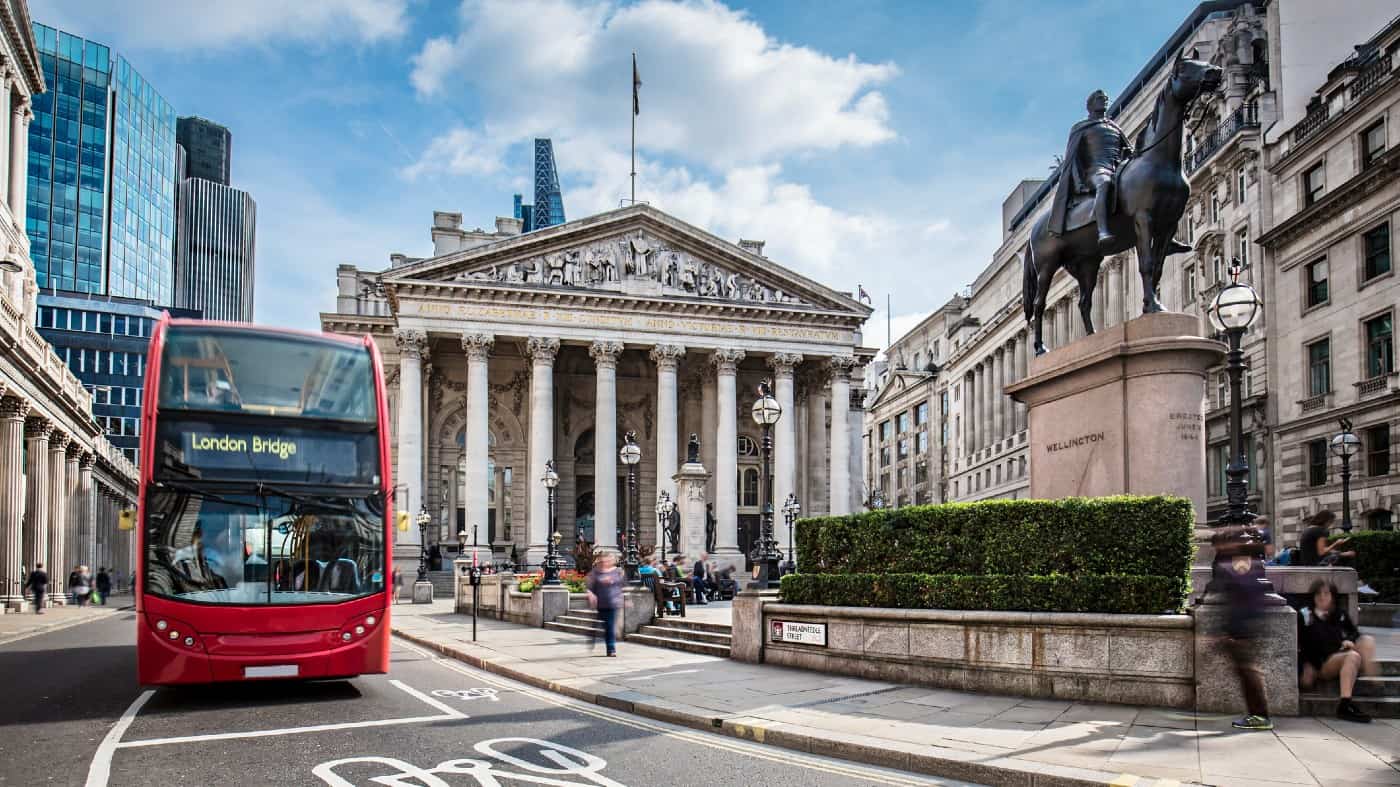The FTSE 250 index is a popular choice for investors who want broad exposure to mid-cap UK stocks. Having delivered greater returns than the FTSE 100 index since its inception, history shows there are compelling reasons to consider FTSE 250 shares for growth, albeit at the price of greater volatility.
Of course, past performance doesn’t guarantee future returns. Moreover, this wider trend has been bucked recently, with the UK’s large-cap benchmark outpacing its little brother over the past five years.
So how has the FTSE 250 fared since the start of last year? And should investors consider the index for 2024? Here’s my take.
Recent performance
A good, low-cost way to mirror the performance of the UK’s mid-cap benchmark is to invest in a tracker fund such as Vanguard’s FTSE 250 UCITS ETF (VMID).
Back at the start of 2023, a single unit of this exchange-traded fund was selling for £29.48. Accordingly, buying 34 units would have cost me £1,002.32.
Today, my position would have increased in value, but only slightly, to £1,015.92. Considering the high inflation we’ve endured recently, that amounts to a negative return in real terms.
However, I’d also have received passive income from dividends. Over the time period, I’d have benefitted from four quarterly dividend payments totalling £35.17, bringing my final sum to £1,051.09.
FTSE 250 stocks look cheap…
After a period of sluggish growth, FTSE 250 stocks are trading at a significantly lower price-to-earnings (P/E) ratio than their historical average. Currently, the index sits at a P/E multiple of 12.5.
We can also use the CAPE ratio as an alternative measure to the classic P/E ratio. This 10-year metric accounts for real earnings per share (EPS) over a 10-year period to reduce the impact of profit fluctuations over the course of the business cycle.
Today’s CAPE ratio of 17.4 compares very favourably to the index’s long-term average of 22.2. Indeed, the FTSE 250’s CAPE ratio has only been lower five times before over the past three decades. This data indicates there’s a good possibility of strong future returns.
…but they carry risks too
However, valuations are only part of the story. The FTSE 250 has greater domestic exposure in its earnings sources than the more internationally-focused FTSE 100. That could be a worry for some investors as the UK teeters on the brink of recession.
Furthermore, the FTSE 250 is also less diversified than the FTSE 100. Stocks in the financial sector make up nearly 44% of the index, whereas the UK’s large-cap companies are more evenly spread across different industries.
The financial sector tends to benefit from higher interest rates since profit margins expand while rates rise. Given many analysts expect the Bank of England to loosen monetary policy this year, this could have an adverse impact on the FTSE 250’s future returns.
What I’m doing
UK mid-cap stocks face some notable risks, but I’m tempted by many of the bargains on offer. I think there are many FTSE 250 shares that merit consideration due to their relatively low valuations at present.
For my own portfolio, I’m particularly keen to hunt for individual shares beyond the financial sector as long-term investments.








